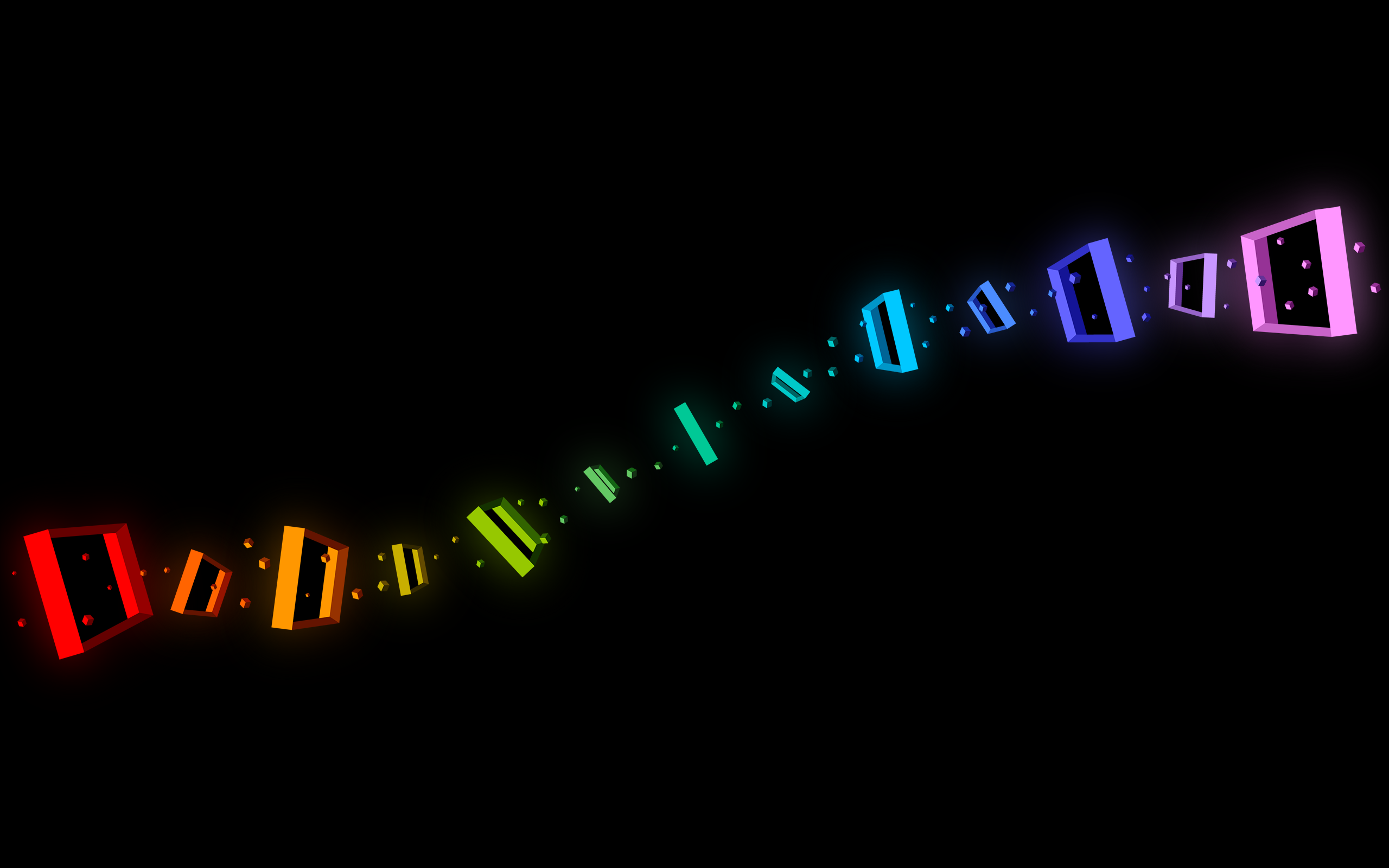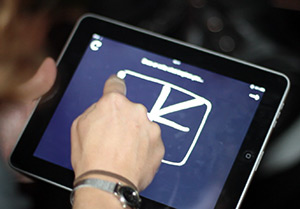
Download the "Definitive Daft Punk" MP3 (16MB)
This file has been removed due to record company demands
In honour of the fact that Daft Punk have composed the music for the new TRON: Legacy movie (which is out today) and also because of the fact that I've been at home with my arm in a sling all week, I decided to create an homage to the rocking robotic duo.
In true 139 Mixtape style, I've mashed up, edited and remixed 23 of my favourite Daft Punk tracks into 6 minutes of Daft bliss that I'm calling "Definitive Daft Punk".
Here's the tracklisting:
- Daft Punk - Da Funk
- Daft Punk - Aerodynamic
- Daft Punk - Too Long
- Daft Punk - Oh Yeah
- Daft Punk - Steam Machine
- Daft Punk - Television Rules The Nation
- Daft Punk - Tron Legacy
- Daft Punk - Alive
- Daft Punk - Burnin'
- Daft Punk - Around The World
- Daft Punk - Voyager
- Daft Punk - Crescendolls
- Scott Grooves - Mothership Reconnection (Daft Punk Remix)
- Daft Punk - Digital Love
- Daft Punk - Harder, Better, Faster
- Daft Punk - Human After All
- Daft Punk - Face To Face
- Daft Punk - Short Circuit
- Daft Punk - Daftendirekt
- Daft Punk - Revolution 909
- Daft Punk - Technologic
- Ian Pooley - Chord Memory (Daft Punk Remix)
- Daft Punk - One More Time
So download, listen, enjoy, and discover your inner robot.
Update (2010-12-19): Due to popular demand, "One More Time" has been added into the mix.
Update (2011-05-10): The mix has been remastered for smoother listening and an extra song added in: Harder, Better, Faster.



 To pull off this stunt we used all open web technologies: a webpage running my "DrawPad" Canvas application that allowed people to draw, and captured the movements of their fingers; storage of the stroke data in JSON on the backend (thanks to
To pull off this stunt we used all open web technologies: a webpage running my "DrawPad" Canvas application that allowed people to draw, and captured the movements of their fingers; storage of the stroke data in JSON on the backend (thanks to  I've uploaded the source code for the drawing app (and the 3D visualiser) into a
I've uploaded the source code for the drawing app (and the 3D visualiser) into a 
